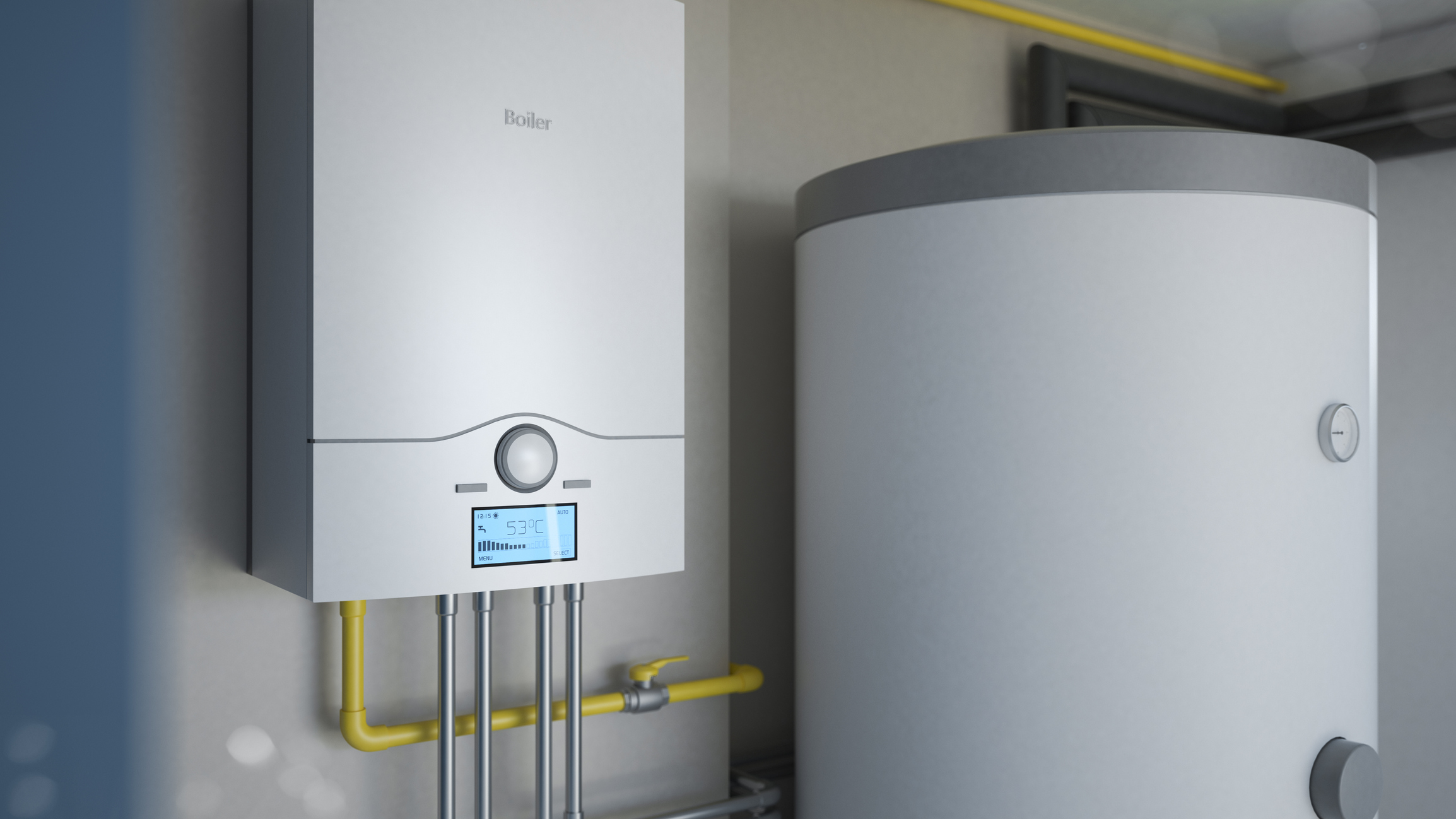Ways to Maintain Your Home's Hot Water System Functioning Well
Ways to Maintain Your Home's Hot Water System Functioning Well
Blog Article
They are making several good pointers on How to Maintain Your Water Heater & Prolong its Life overall in this great article which follows.

Warm water is vital for daily comfort, whether it's for a refreshing shower or cleaning meals. To ensure your warm water system runs successfully and lasts longer, normal upkeep is essential. This article gives functional suggestions and understandings on just how to preserve your home's hot water system to stay clear of interruptions and pricey repair services.
Introduction
Keeping your home's warm water system might appear difficult, but with a couple of basic steps, you can ensure it operates efficiently for years to find. This guide covers whatever from comprehending your warm water system to DIY upkeep suggestions and recognizing when to contact professional assistance.
Significance of Keeping Your Hot Water System
Normal maintenance not only expands the lifespan of your warm water system yet also guarantees it runs effectively. Disregarding maintenance can cause reduced performance, higher energy bills, and even early failure of the system.
Indicators Your Hot Water System Requirements Upkeep
Knowing when your warm water system requires attention can avoid major problems. Watch out for indicators such as inconsistent water temperature, weird noises from the heating unit, or corroded water.
Understanding Your Hot Water System
Prior to diving right into maintenance tasks, it's valuable to understand the basic elements of your warm water system. Typically, this includes the water heater itself, pipes, anode poles, and temperature controls.
Monthly Maintenance Tasks
Routine month-to-month checks can aid capture minor issues prior to they escalate.
Flushing the Water Heater
Purging your hot water heater removes debris buildup, improving effectiveness and extending its life.
Monitoring and Changing Anode Rods
Anode poles stop deterioration inside the tank. Examining and replacing them when worn is vital.
Checking and Readjusting Temperature Level Setups
Adjusting the temperature level setups makes certain optimum efficiency and safety and security.
Do It Yourself Tips for Upkeep
You can perform numerous upkeep jobs on your own to keep your hot water system in top condition.
Checking for Leaks
Routinely examine pipes and connections for leakages, as these can lead to water damages and greater expenses.
Evaluating Pressure Relief Valves
Examining the stress safety valve guarantees it operates appropriately and protects against extreme pressure buildup.
Insulating Pipes
Shielding hot water pipelines minimizes warm loss and can conserve power.
When to Call a Specialist
While do it yourself upkeep is helpful, some problems require professional expertise.
Complicated Issues Calling For Expert Help
Examples consist of major leakages, electric issues, or if your water heater is continually underperforming.
Regular Professional Upkeep Advantages
Professional upkeep can consist of comprehensive inspections, tune-ups, and making sure compliance with safety and security requirements.
Conclusion
Regular upkeep of your home's hot water system is necessary for efficiency, long life, and expense financial savings. By complying with these suggestions and recognizing when to seek specialist assistance, you can make certain a trustworthy supply of hot water without unanticipated interruptions.
How to Maintain an Instant Hot Water Heater
Before tinkering with your hot water heater, make sure that it’s not powered on. You also have to turn off the main circuit breaker and shut off the main gas line to prevent accidents. Also turn off the water valves connected to your unit to prevent water from flowing into and out of the appliance. 2. When you’re done, you have to detach the purge valves’ caps. These look like the letter “T†and are situated on either side of the water valves. Doing so will release any pressure that has accumulated inside the valves while at the same time avoid hot water from shooting out and burning your skin. 3. When the purge valves’ caps are removed, you have to connect your hosing lines to the valves. Your unit should have come with three hoses but if it didn’t, you can purchase these things from any hardware or home repair shops. You can also get them from retail stores that sell water heating systems. Read the user’s manual and follow it to complete this task properly. When the hosing lines are connected, open the purge port’s valves. 4. You should never use harsh chemical cleaners or solutions when cleaning your unit. Make use of white vinegar instead. It should be undiluted and you’ll probably use about 2 gallons. 5. Now flush your water heater. This task should probably take about 40 minutes. We can’t give you specific directions for this because the procedure is carried out depending on the type, model and brand of your heater. With that being said, refer to the user’s manual. 6. When you’re done draining the unit, you have to turn off the purge port valves again. Remove the hosing lines that you earlier installed on each of the water valves. Put the valve caps (purge port) back in their respective places and be very careful so as not to damage the rubber discs that are found inside these caps. 7. Now that everything’s back in place, check your user’s manual again to find out how to reactivate your water heating system. 8. Once it is working, turn one of your hot water faucets on just to let air pass through the heater’s water supply pipes. Leave the tap on until water flows smoothly out of it. https://www.orrplumbing.com/blog/2014/september/how-to-maintain-an-instant-hot-water-heater/

I came across that write up about Water Heater Maintenance Tips You Can't Afford to Forget while scouting around the search engines. Do you know about somebody who is interested in the subject? Why not promote it. Many thanks for taking the time to read it.
Click Here Report this page